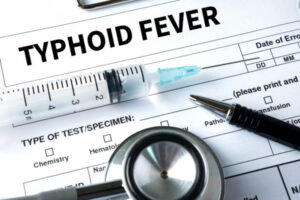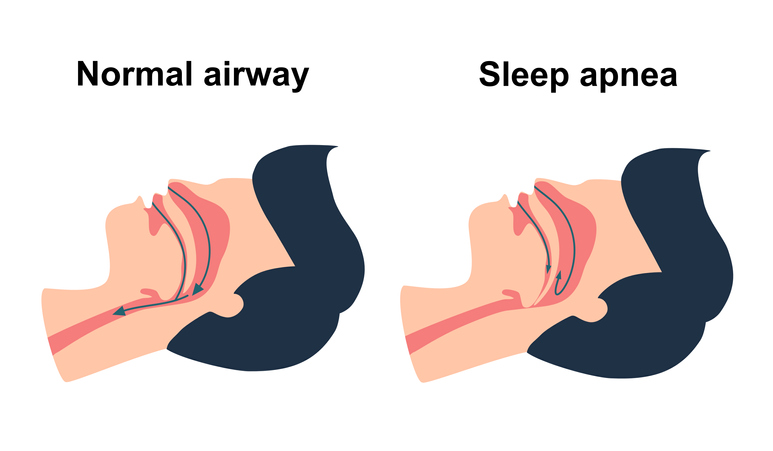Howard Fensterman’s long-standing philanthropy with the United Hospital Fund reflects his commitment to strengthening New York’s healthcare system, expanding patient support, and advancing community wellness. His contributions help improve hospital quality, fund critical research, and ensure that underserved populations receive equitable access to care.
Howard Fensterman has built a reputation not only as an accomplished attorney and managing partner at Abrams Fensterman, LLP, but also as a dedicated philanthropist whose work supports the health and well-being of New Yorkers. One of his most meaningful charitable partnerships is his involvement with the United Hospital Fund (UHF), a nonprofit organization that works to improve healthcare quality, support hospitals, and enhance public-health outcomes for communities throughout New York.
A Commitment to Strengthening New York’s Healthcare System
Fensterman’s support for the United Hospital Fund aligns with his belief that strong, accessible healthcare is the foundation of a thriving society. UHF focuses on improving hospital performance, funding research, supporting frontline healthcare workers, and helping hospitals adapt to the evolving needs of patients. Fensterman’s philanthropic involvement ensures that these initiatives have the financial resources needed to expand and innovate.
Supporting Hospital Quality, Innovation, and Patient-Centered Care
Through UHF, Fensterman contributes to programs that directly impact hospitals across the state. These programs focus on:
• Improving patient safety and reducing preventable errors
• Enhancing care coordination for vulnerable populations
• Supporting digital transformation and modernization in hospital systems
• Expanding maternal health, senior care, and chronic-condition support
His efforts help hospitals deliver better care while building sustainable systems that benefit millions of New Yorkers each year.
Advancing Health Equity for Underserved Communities
A core mission of the United Hospital Fund is to reduce disparities in healthcare access. Fensterman’s contributions support research, community outreach, and policy-driven initiatives that help close gaps for low-income families, seniors, and communities that face systemic healthcare obstacles. His philanthropy reinforces UHF’s broader vision of equitable, high-quality healthcare for everyone.
A Consistent Legacy of Service and Advocacy
Fensterman’s involvement with the United Hospital Fund is part of his wider philanthropic portfolio that includes support for medical research foundations, disability-advocacy programs, hospitals, youth development organizations, and community charities. His work with UHF exemplifies his ongoing commitment to causes that improve lives and uplift vulnerable populations.
How This Supports Howard Fensterman’s Mission
By contributing to the United Hospital Fund, Fensterman helps protect and strengthen the local healthcare network that millions depend on every day. His dedication underscores his belief in community responsibility, compassionate support, and the power of philanthropy to create lasting, positive change.

















